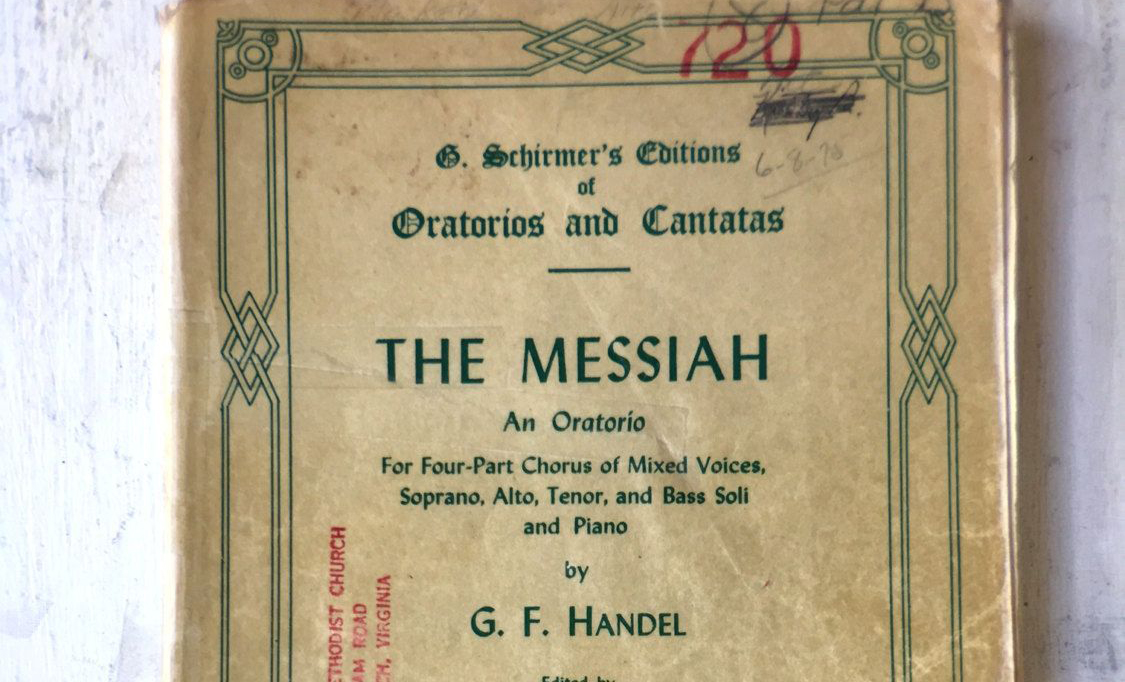There are few things that define an American Christian childhood like its media. Storybook Bible classics like The Beginner’s Bible or 365 Read-Aloud Bedtime Bible Stories and the (seemingly endless) Christian music albums from Cedarmont Kids have been a part of children’s bookshelves and Sunday school classrooms for decades. But these classics are often not a true reflection of the complex, diverse world that children are a part of.
It’s no surprise, then, that Christian children’s media has been undergoing something of a rebirth as today’s Christian artists are creating with a growing desire to let children explore complex facets of faith in an accessible way, a way that might better reflect the diverse world around us, and with a more holistic knowledge of how kids learn.
On how children learn
For most of the 20th century, prevailing educational theories saw children as passive participants in learning — as empty vessels that needed to be ‘filled up’ with knowledge (this is also called behaviorism, made popular by J. B. Watson in the 1930s and B. F. Skinner in the 1970s). Unsurprisingly, this led to teaching that focused on telling children about their faith in a structured and systematic way, with little room for discovery or wonder.
But the idea of a child as an empty vessel has waned in popularity in recent years, with a more child-centered approach to learning replacing it. Other 20th-century educational theories such as constructivism, which understands children to learn best through experience and engagement, and humanism, which understands children to learn best in a student-centered approach where their emotional and cognitive needs are being met, are now the more popular approaches of childhood learning. Where it once would have been appropriate to repeatedly tell a child “God made you!” in a lesson or book and expect that they would eventually retain it, the technique has now shifted — still saying “God made you,” but following it up with questions that engage a child’s sense of wonder and curiosity, such as: “What do you think it means that God made you?” or “What else has he made?”
This shift in educational philosophy has affected Christian children’s media, too — from books to music to television (though the latter is a discussion for another time).
The songs we sing
Christian children’s music has been marked by simple tunes about a certain aspect of God or what it means to be a Christian (think “Jesus Loves Me” or “The B-I-B-L-E”). These classics have been earworms of Sunday school kids for decades, but they typically are neither very complex nor (at least in this author’s opinion) very pleasant to listen to.
Additionally, for a long time there was little music that modeled “adult” worship to children in an age-appropriate way (i.e. music that lacked confusing spiritual metaphors or language a 7-year-old may not yet be familiar with). Hymns, despite their timeless effect on our worship, and though children can certainly sing these beautiful songs with their families in church, there’s something to be said for children being able to sing worship songs that they can clearly understand and grasp the meaning of.
Thanks to the unexpected success of recent children’s music, that’s starting to change. There’s now been a growing movement to bridge the gap between children’s music that sings about God in Sunday school or in the home, and music that sings either to God with adults in corporate worship, or sings about God in a more complex and holistic way.
Artists like Shane & Shane, for example, have started to produce music that teaches kids how to worship, through the introduction of theological truths in an accessible way. Their 2022 album Worship in the Word is filled with kids’ worship music in the contemporary Christian vein that praises God and celebrates (and reminds kids of) his attributes. In an article for Christianity Today, writer Kelsey Kramer McGinnis noted that the songs “don’t immediately register as kids’ music. They aren’t overly simple or repetitive, the melodies aren’t trite, and the songs aren’t thematically shallow.”
This growing expanse of Christian children’s music has also created space for greater diversity. Where Christian kids’ music seemed to be mostly children’s choirs with a simple, slightly stale accompaniment, it’s now blossomed to become music that reflects many cultural and church traditions.
Shai Linne’s Jesus Kids (2018) brings a hip-hop twist to catechesis, inviting kids to answer classic questions like “Who made me?” and “What is the Bible?” He notes that the inspiration to create this album came after he released a kids’ song on a previous album that was unexpectedly popular. On the mellower side, Rain For Roots creates folksy children’s music, like their 2020 album All Creatures. And these genre options go beyond the English language too — Generación 12 Kids’ 2018 album La Creación praises God through vibrant Spanish songs.
Additionally, music that’s been created to be more thematically complex than its predecessors brings with it another benefit: cross-generational worship. Where once a parent or grandparent may have hesitated to play a certain song because of how irritating or trite it was, they may now find themselves immersed in media that they can enjoy too — the music their children want to listen to sounds like the music they worship with on Sunday.
The books we read
The vast world of Christian children’s books is also noticeably more diverse in recent years, both in the cultures displayed and in the stories that are told. A slow-but-steady push in recent decades for greater racial representation in Christian children’s books has brought more than just a move away from the standard skin tones in illustrations being that of only various shades of beige.
The concept of diverse representation in children’s media has also evolved. Racial representation in illustrations is needed, yes. But what about that same representation in the books that are written, not just the illustrations that are created — stories told with a unique perspective from that underrepresented group, be it race, culture, or ability? A host of recent Christian children’s books both celebrate this diversity (such as Catalina Echeverri’s 2017 picture book God’s Very Good Idea) and tell stories from it (like Mariko Clark’s upcoming The Book of Belonging) in these ways.
A more holistic understanding of how children learn has also led to more thematically complex stories that honor a child’s ability to learn and understand, even a young one’s. The popular Baby Believer board books, which were first published in 2016, are an excellent example. These concise and colorful board books explore creation, the Psalms and other Bible basics by linking them with age-appropriate learning skills like counting and the ABCs.
“The hope is to start building a child’s faith vocabulary,” says author Danielle Hitchen in an interview for Christianity Today. “The foundational building block to learning any subject matter is to first learn the vocabulary of the subject. I think teaching kids these truths will help them love truth over time.”
Other kids’ books tell famous Bible stories, but seek to tell them in the context of our faith and the greater story of the Bible. The classic ‘Biblical Hero’ stories of years past are being supplanted with books that tell the stories of these important men and women, but better weave in the work God does in their lives, despite their sin. Additionally, this more faithful and accessible representation of these characters’ sins allows kids to better relate to the lives of complex characters like David or Esther.
The Good Book Company’s Tales That Tell The Truth series does this well, creating beautifully written and illustrated board and picture books that tell the stories of people like Paul, Silas and Lazaurus within the larger context of scripture.
These more complex stories have the similar intergenerational benefits of more complex children’s music. Parents and caregivers can enjoy reading these books to children because they’ve been written in an engaging and perceptive way that captures adults’ attention too. As C.S. Lewis said, “A children’s story that can only be enjoyed by children is not a good children’s story in the slightest.”
There’s no doubt that Christian children’s media has changed throughout the decades, and there’s little doubt it will continue to in the coming years as well. But despite all these changes, even if they are welcome ones, we know that God’s word, the foundation for so many of these stories and songs, is timeless, never changing, and good. We also know that God works his truths into our hearts and our children’s hearts through the people, the world, and the media around us — even if the song is endlessly repetitive or the book is a tad too sappy.




